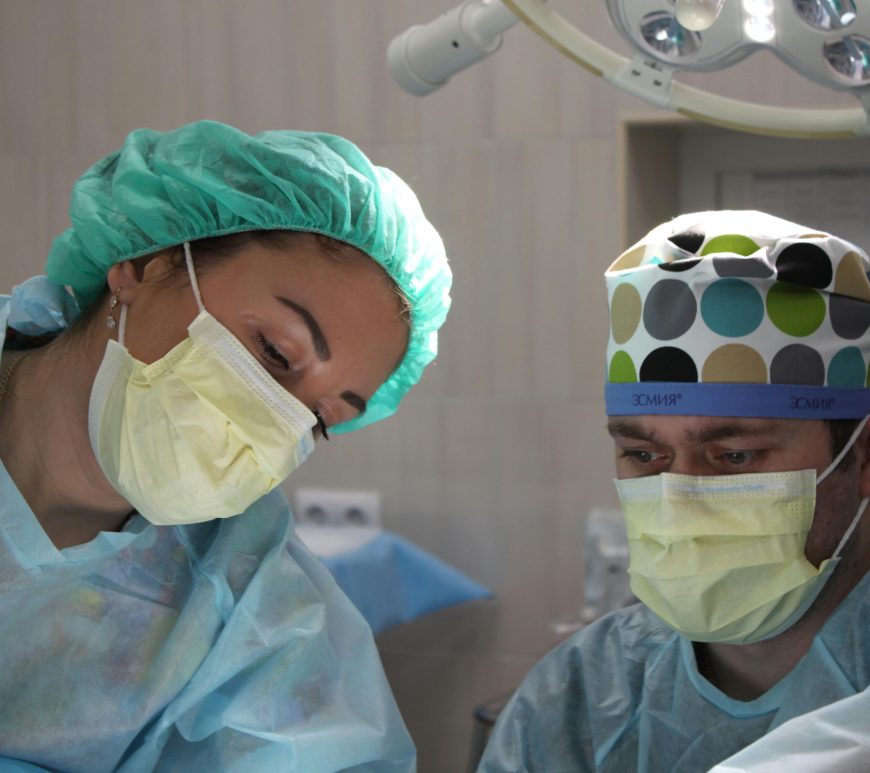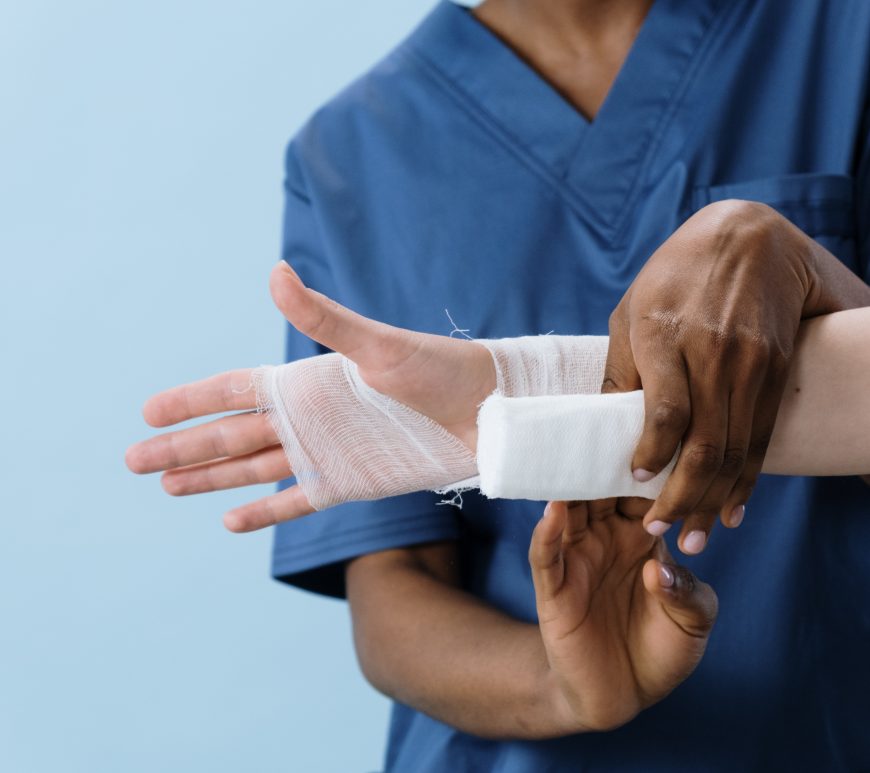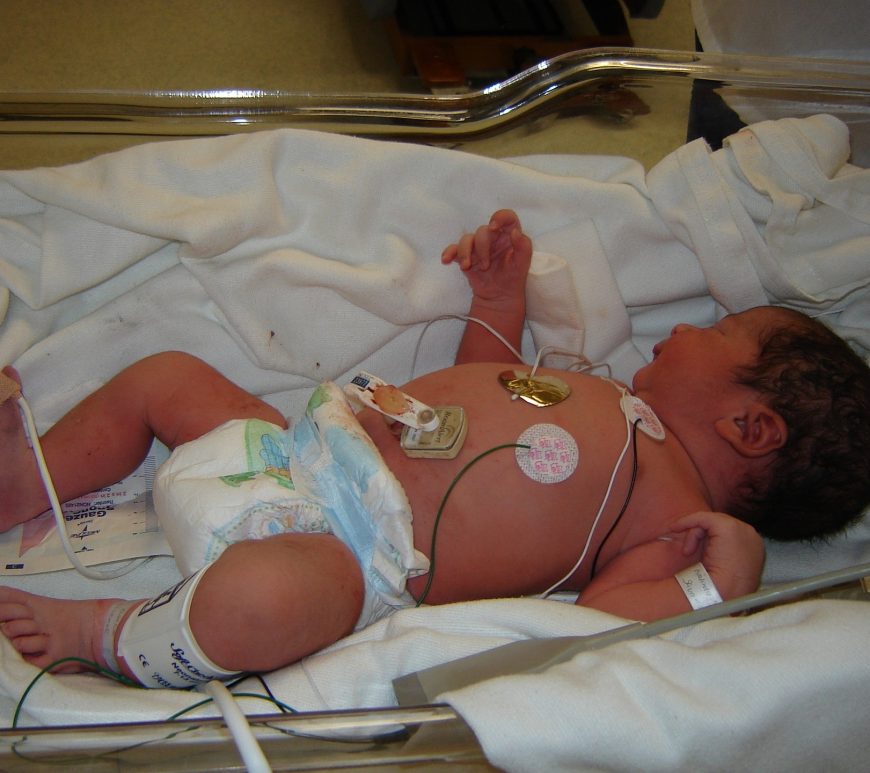
Can nurses match physicians in treating children’s radial-head injuries?
In 2014, a study has explored the capability of triage nurses in emergency departments to treat radial-head subluxation—a common and easily treatable injury in young children—effectively, comparing their performance to that of physicians. The findings, while somewhat mixed, are promising. Conducted by Andrew Dixon and colleagues, the cluster-randomized controlled trial focused on children aged six years and younger who presented with symptoms of radial-head subluxation … Continue reading Can nurses match physicians in treating children’s radial-head injuries?

